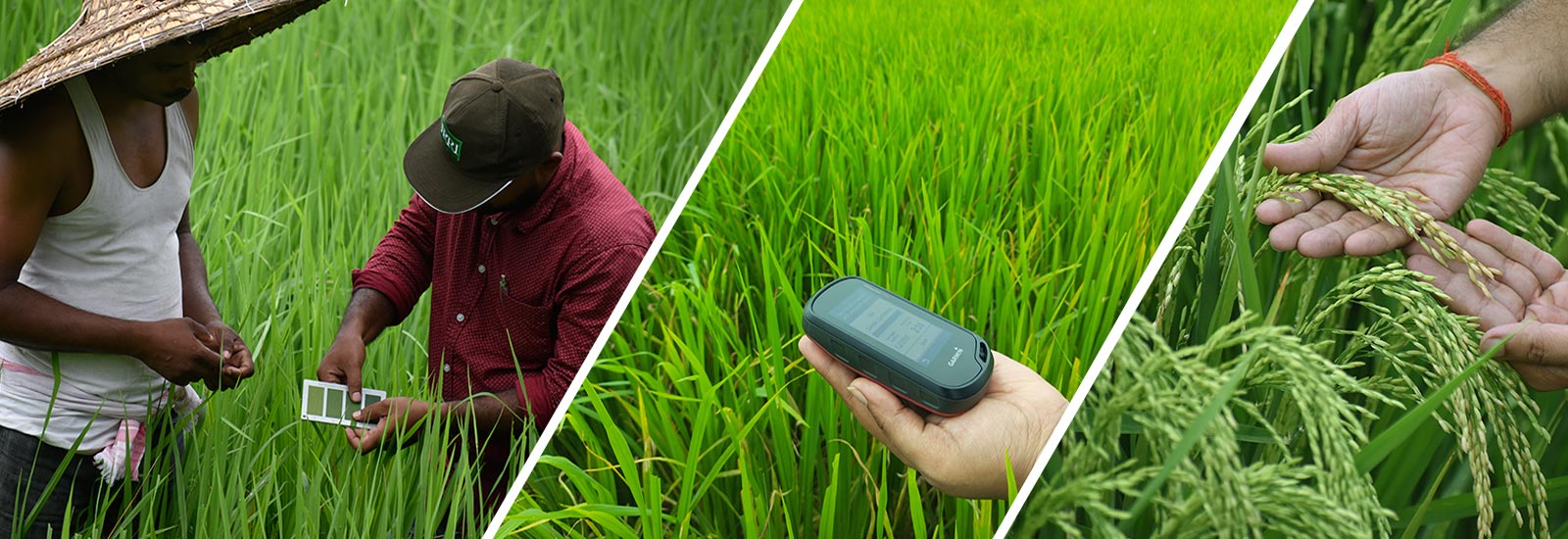Milling and Processing
Milling rice paddy removes the husk and bran layer to produce white rice. Rice is best milled at 13–15% moisture content. Best results are attained when the process is completed in a number of stages. Grain temperatures should not exceed 45°C during the process. An efficient mill removes the husk (20%), the bran or meal (8–10%), and leaves 70% as white rice. Rice grown in irrigated systems should attain 60% white rice as head rice (unbroken, white kernels), and in rainfed systems, 40–50% as head rice. Rice is milled in several ways
- Hand pounding using a mortar with a pestle results in very high numbers of broken rice and leaves brown rice (meal layer still attached). Cleaning of the husk is done by winnowing.
- A one-step milling process (steel rollers are available in Assam) where the husk and the bran are removed in one pass and white rice is produced directly from the paddy. The single-pass rice mill is an adaptation of the Engleberg coffee huller. This process results in many broken kernels, low white rice recovery (50–55%), and head rice yields less than 30%. The fine broken grains are often mixed in with the bran and the ground rice husk. This happens due to steel roller. Nowadays single pass rubber roller machines are available which can be a better option.
- A two-step milling process wherein the husk and the bran are removed separately. These mills are often called compact rice mills, and in many countries, have superseded the Engleberg mill. The two-stage mill has separate hulling and polishing processes. Rubber rollers remove the husk and the brown rice is polished with a steel friction whitener. These mills have a capacity of 0.5–1 t/hour paddy input and are often used for custom milling in rural areas. The milling performance of the compact rice mill is superior to the single-pass huller with milling recoveries normally above 60%.
- A multi-stage milling process wherein rice passes through a number of different operations. The milling process in larger commercial mills combines a number of operations and produces higher quality and higher yields of white rice from paddy. The process involves:
- Pre-cleaning the paddy prior to milling
- Removing the husk or outer layer from the paddy
- Polishing the brown rice to remove the bran layer
- Separating the broken grains from the whole kernels
- Bagging the milled rice, and
- Managing the by-products

